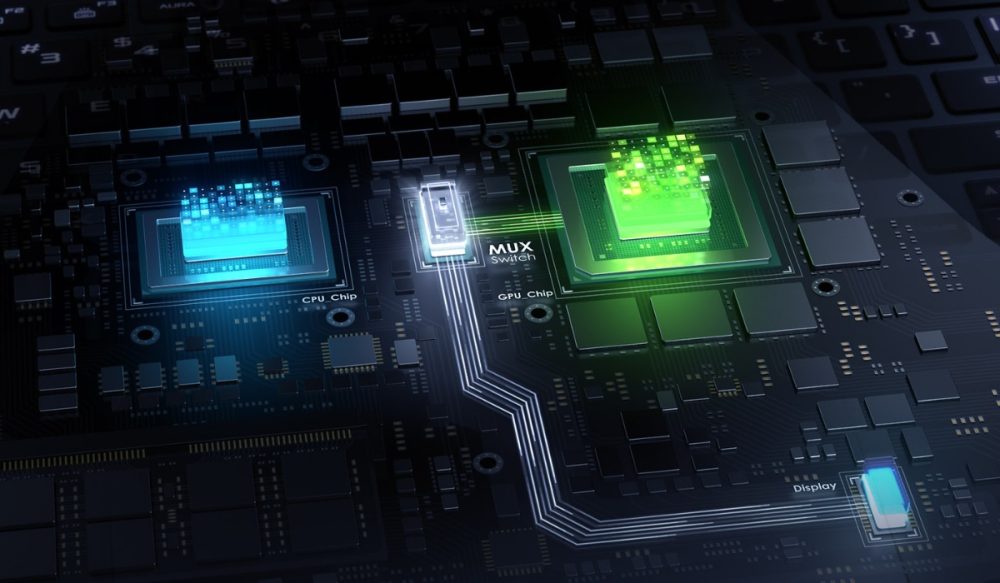
GPU stands for Graphics Processing Unit, roughly translated as Graphics Processing Unit. It is a specialized component in a computer designed to handle tasks related to graphics, such as displaying images and videos. GPUs are commonly used primarily in applications that require high graphics processing, such as gaming, video editing, and graphic design.
In the past, GPUs were created as a less expensive substitute for CPUs. Their primary function was to produce visuals for video games. The rise of discrete or dedicated graphics cards – also sometimes referred to as GPUs, but that term is misleading because these are really expansion cards with GPUs at their core – is a result of technological advancements. GPUs receive additional support from graphics cards in the form of dedicated memory, heat sinks, and other parts. For this reason, separate GPUs typically perform better than integrated GPUs found in CPUs or motherboards. Because of this, graphics cards are now considered essential components of the gaming and esports industries.
Scientists and engineers have found in recent years that GPUs can speed up the execution of numerous computing processes. GPGPUs are the term for GPUs that are not used for graphics processing. The use of servers that make extensive use of GPGPUs has enabled remarkable achievements in artificial intelligence, high-performance computing (HPC), and other fields.
Table of Contents
Why do you need it?

While most CPUs can do basic object rendering, complex graphics require a separate GPU designed to handle more demanding workloads. Video game graphics, for example, frequently produce each frame independently, necessitating massive computing power. While GPUs are commonly associated with high-end video game visuals, they are also used in many corporate applications that demand powerful computing. Because of its capacity to execute simultaneous operations on many sets of data, GPUs are extensively utilized in scientific and AI applications.
A good GPU (in the form of a high-end graphics card) has become an indelible aspect of the immersive gaming or media viewing experience in the consumer market. The mining of bitcoin has significantly increased demand for GPUs.
As previously stated, GPUs are critical to gaming and esports because their specialized parallel structure can quickly render high-quality images on the display, allowing for photorealistic visual effects, higher refresh rates, higher frame rates (FPS), and an ultra-smooth gaming experience at high resolutions. The same characteristics are beneficial for producing computer graphics and creating visual content; for animators and visual artists, a strong GPU may greatly accelerate the creative process. Because there is such a high demand for GPU computing, professional creatives either set up their own workstations or servers in their studios or hire services from a distant render farm to bring their vision to life more efficiently.
1. What is the use of GPUs?
GPUs were predominantly employed two decades ago to accelerate real-time 3D graphics applications such as computer gaming or laptop gaming. As the twenty-first century began, however, computer scientists understood that GPUs had the ability to solve some of the world’s most complex computing challenges.
This understanding ushered in the era of general-purpose GPUs. Graphics technology is now being used to solve a broader range of challenges. Today’s GPUs are more programmable than ever before, allowing them to accelerate a wide range of applications beyond standard graphics rendering.
2. What are the best GPUs for gaming?
With hyperrealistic graphics and enormous, sophisticated in-game worlds, video games have become more computationally intensive. With enhanced display technologies such as 4K panels and high refresh rates, as well as the emergence of virtual reality games, graphics processing demands are increasing rapidly. GPUs can render visuals in both 2D and 3D modes. Games can be played at larger resolutions, quicker frame rates, or both with improved visual performance.
3. Is it possible to put two GPUs in a PC?
Yes, you can use a second GPU. But only if the software is programmed to do so. Most likely, the second GPU can be utilized to show graphics from the conventional operating system on a second monitor by simply hooking the second monitor into the video output of the second GPU’s card.
Conclusion
GPU evolution has substantially aided the advancement of graphics technology and computational capabilities in a variety of industries. Thank you for your attention!
Read more:
How To Pick The Best Graphics Card In Laptop For Gaming
What Is RAM?
